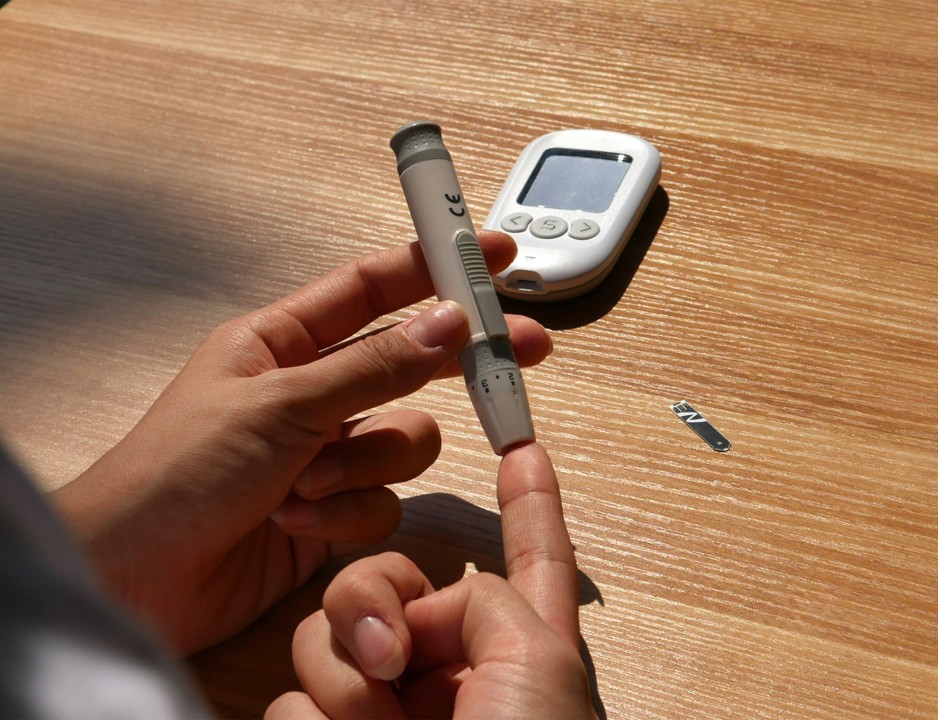In the realm of diabetes management, bridging care gaps is paramount for ensuring optimal health outcomes and quality of life for patients. Despite advancements in medical technology and treatment options, care gaps persist, posing challenges for both patients and healthcare providers. However, with the advent of continuous glucose monitors (CGMs) and advanced data integration, there lies a promising opportunity to revolutionize diabetes care and address these gaps effectively.
Understanding Care Gaps in Diabetes Management
Care gaps in diabetes management refer to discrepancies between recommended guidelines for optimal care and the actual delivery of care to patients. These gaps can manifest in various forms, including inadequate monitoring, suboptimal medication adherence, and insufficient patient education and support. Such gaps not only impede disease management but also increase the risk of complications, hospitalizations, and healthcare costs.
Continuous Glucose Monitors: A Game-Changer in Diabetes Care
Continuous glucose monitors (CGMs) have emerged as a transformative technology in diabetes management. Unlike traditional glucose monitoring methods that provide intermittent readings, CGMs offer real-time data on glucose levels, allowing for more comprehensive and precise insights into a patient’s glycemic profile. By wearing a small sensor, usually attached to the skin, patients can track their glucose levels continuously throughout the day and night, empowering them to make timely adjustments to their treatment regimen.
Read more How Does Diabetes Technology Impact Management with CGM?
Closing Care Gaps with Advanced Data Integration
The integration of CGM data with advanced analytics and digital health platforms holds tremendous potential for closing care gaps in diabetes management. By harnessing the power of artificial intelligence and machine learning algorithms, healthcare providers can analyze CGM data in real-time, identify patterns and trends, and personalize treatment plans tailored to each patient’s unique needs. This proactive approach enables early detection of glycemic fluctuations, facilitates timely interventions, and helps prevent adverse outcomes such as hypoglycemia and hyperglycemia.
Moreover, CGM data integration enables seamless communication and collaboration between patients and healthcare providers. Through secure online portals or mobile applications, patients can share their glucose data with their care team, fostering continuous monitoring and feedback. This enhanced connectivity promotes patient engagement and adherence to treatment recommendations, thereby bridging the gap between clinical visits and improving overall diabetes management outcomes.
Read more Can Continuous Glucose Monitoring Transform Type 2 diabetes mellitus?
Empowering Patients Through Education and Support
In addition to data integration, addressing care gaps in diabetes management requires a holistic approach that prioritizes patient education and support. CGM technology not only provides valuable data but also serves as a tool for patient empowerment. By helping patients understand the impact of lifestyle factors, medication adherence, and dietary choices on their glucose levels, CGMs empower them to take proactive control of their health and make informed decisions.
Furthermore, ongoing education and support programs, delivered through various channels such as telemedicine, group sessions, and digital platforms, play a vital role in filling knowledge gaps and enhancing self-management skills among patients. By equipping patients with the necessary knowledge and resources, healthcare providers can empower them to navigate the complexities of diabetes management more effectively and achieve better health outcomes in the long term.
Also, read about How Can Continuous Glucose Monitoring Improve Glucose Metabolism?
Conclusion
Closing care gaps in diabetes management is imperative for improving patient outcomes and reducing the burden of this chronic condition on individuals and healthcare systems. Continuous glucose monitors, coupled with advanced data integration and patient-centric care models, offer a promising pathway toward achieving this goal. By leveraging the power of technology, education, and support, we can empower patients to embrace proactive self-management and pave the way for a brighter future in diabetes care.


